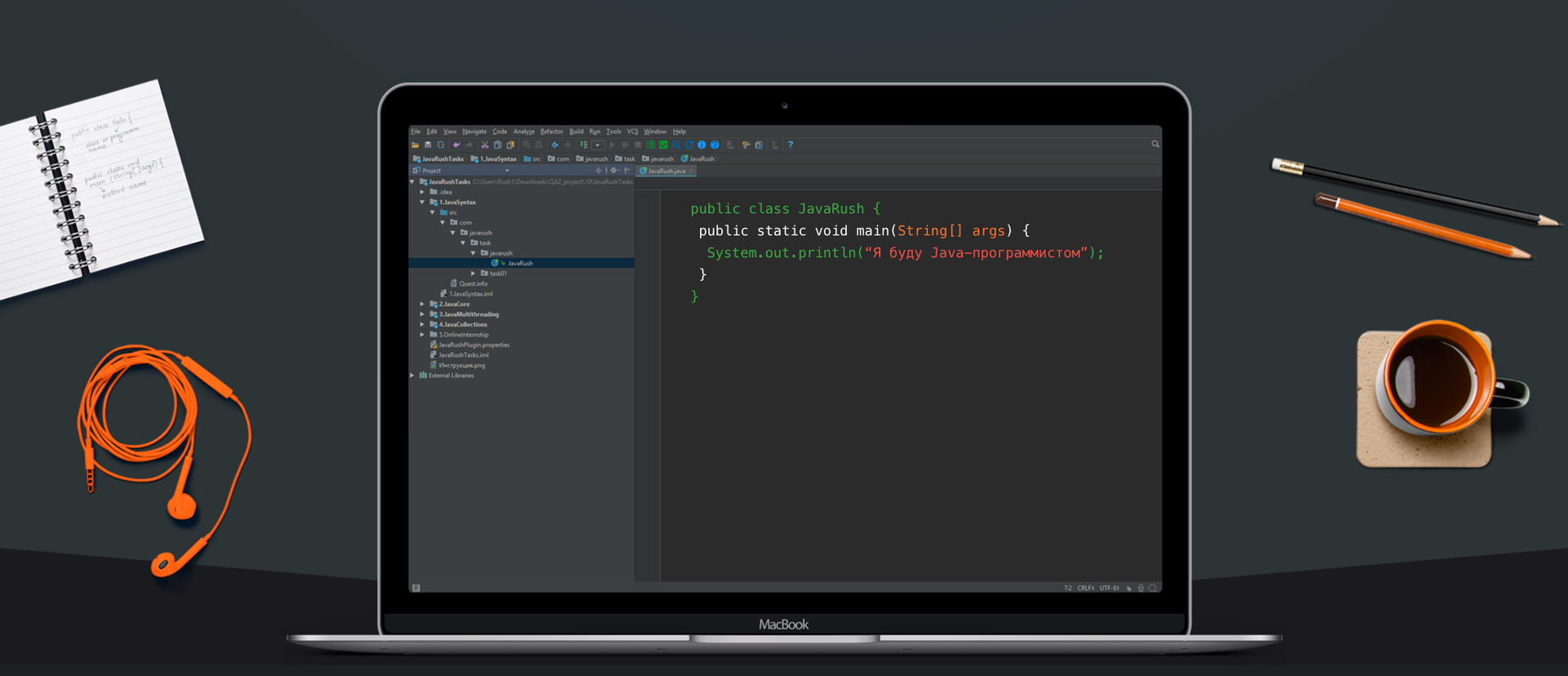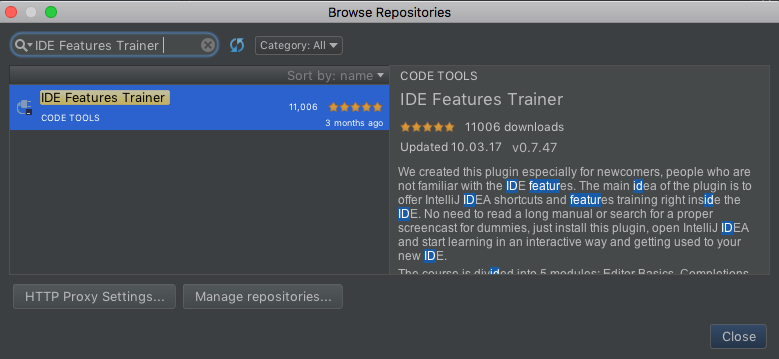Java, first cup
The first cup of strong Java. What does it taste like? Everyone has their own, someone may seem bitter, sugary, I will tell in this "manual" (strong word, for a short article) what was my first cup, and what would I change, drinking this cup again ...
Quick start for the lazy:
1) Download JDK to run java-programs (IDEA is pre-installed by default)
2) Download Tule to install IDEA, download via Tula Idea.
3) Install git to work with the repository, read the first three chapters of pro-git
4) Install Maven to build projects
5) Accelerate the development process * HotSwap .
More detail please:
I remember, I heard the words: "read this and this book, and you will understand everything," the truth will open to you, but having done that, I realized that in fact the process of learning the Java language, like, in principle, any other is continuous and a long process, in addition to the syntax of the language, data structures, the development environment, the build system, all kinds of frameworks, etc. are needed. etc. and all this you will gradually learn in the process of work. In this article I will try to summarize my steps.
Your motivation will depend on how you start, if you can almost immediately see and evaluate your progress - the motivation will grow. The human brain needs a result, you immediately want to see your success, to understand what you have done. Therefore, I recommend that NO in any case start writing programs in a notebook, with a twig in the sand, read huge and thick books with a break from practice, from my point of view there will not be much proc from this occupation. Language is a tool - a tool that needs to be practiced day after day in order to hone the mastery of it. Without practice, theoretical knowledge is useful, but meaningless. After reviewing one or another aspect of the language, framework, development environment, be sure to apply this knowledge in practice, this will allow the brain to assimilate information qualitatively. Any person is lazy by nature, laziness is a defense mechanism of the brain in order not to waste energy on useless things. Always "fool" the brain, look for a real application of your knowledge, do soim test project (hack-work or hobby) where you can put on bumps and consolidate various approaches and thus train your brain.
a) Download IntelliJ IDEA to work. There is a special Community version, which is absolutely free and perfect for a quick start. For downloading and installation there is a special platform-independent program .

b) You downloaded, opened and froze in amazement ... what next? I can single out the following steps: general syntax of the language: what is a class, variable, etc., data structures - here I can immediately recommend you not to read old books, so as not to dive into the wilds of the past, read actual information about Java 8 , where Lambda expressions were introduced, collections were improved , and streams appeared for easy manipulation of objects. You can also read " Java 8 & 9 in Action" .
c) If you have not yet written a single line of java code, then it may be worthwhile to go through a few lessons on javarush.ru . The guys also have a plugin for IntelliJ IDEA, which will facilitate the process of learning the language.

d) Try every day to read all sorts of public and blogs that will move you forward, for example about IDEA or the company's blog Zeroturnaround . They have excellent cheat sheets in order not to forget aspects of the language and tools associated with it.
e) It is worth noting that if you seriously decided to do programming, you need to devote time to English. Knowledge of English will allow you to get the most relevant information, move up the career ladder, give you a great chance to work abroad and, possibly, save you from Alzheimer's .
Learning the language is on courses, you can, reading books, every day, a little, from personal experience, I can recommend the Oxford Bookworms Library or Macmillan book series.
f) It is also useful to download a special plugin to familiarize yourself with the hotkeys in IntelliJ IDEA, IDE Features Trainer and read about it .

g) Of the frameworks without which now there is nowhere at all - I can mark Spring . Also in the spring there are many guides that are quite relevant,
and there is a program code to immediately download and run the program. For starters, it is better to immediately run a few examples

g) Get yourself a GitHub account if you haven't done it yet. Create your own test projects there, forqai already existing, learn what other people are doing.
h) Databases and work with them, for example: Postgresql , course for beginners .
A little about the four pillars that are always needed: this is actually an IDE for development (a priori, it is always IntelliJ IDEA), there is of course eclipse or netbeans =) I don’t want to organize a holivar on which IDE is better, for this there are separate topics on habrahabr I feel very comfortable using IntelliJ IDEA for work.
The second pillar is the version control system. Any project makes sense to store in the version control system . There are many more, like svn, but git is the default.
The third pillar is the project assembly system. Today it is either Maven [ crib ], or Gradle , and of course java itself - the so-called JDK, which is placed separately on the machine for compiling and running java-programs - download the latest version .
* - for those who are already in trouble with Java. Thanks for your comments.
')
Source: https://habr.com/ru/post/327692/
All Articles